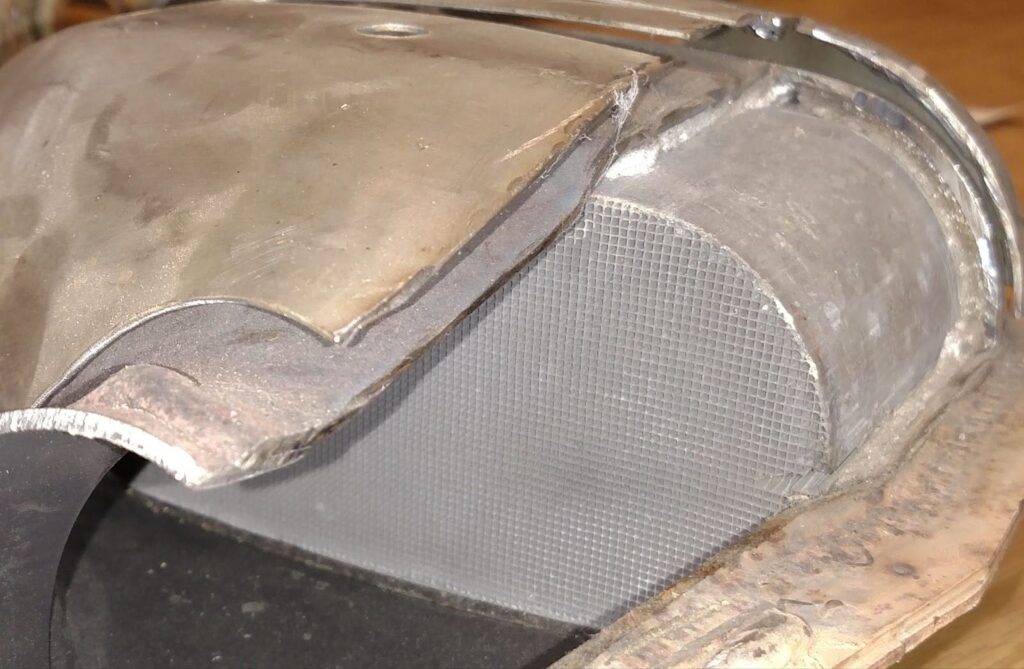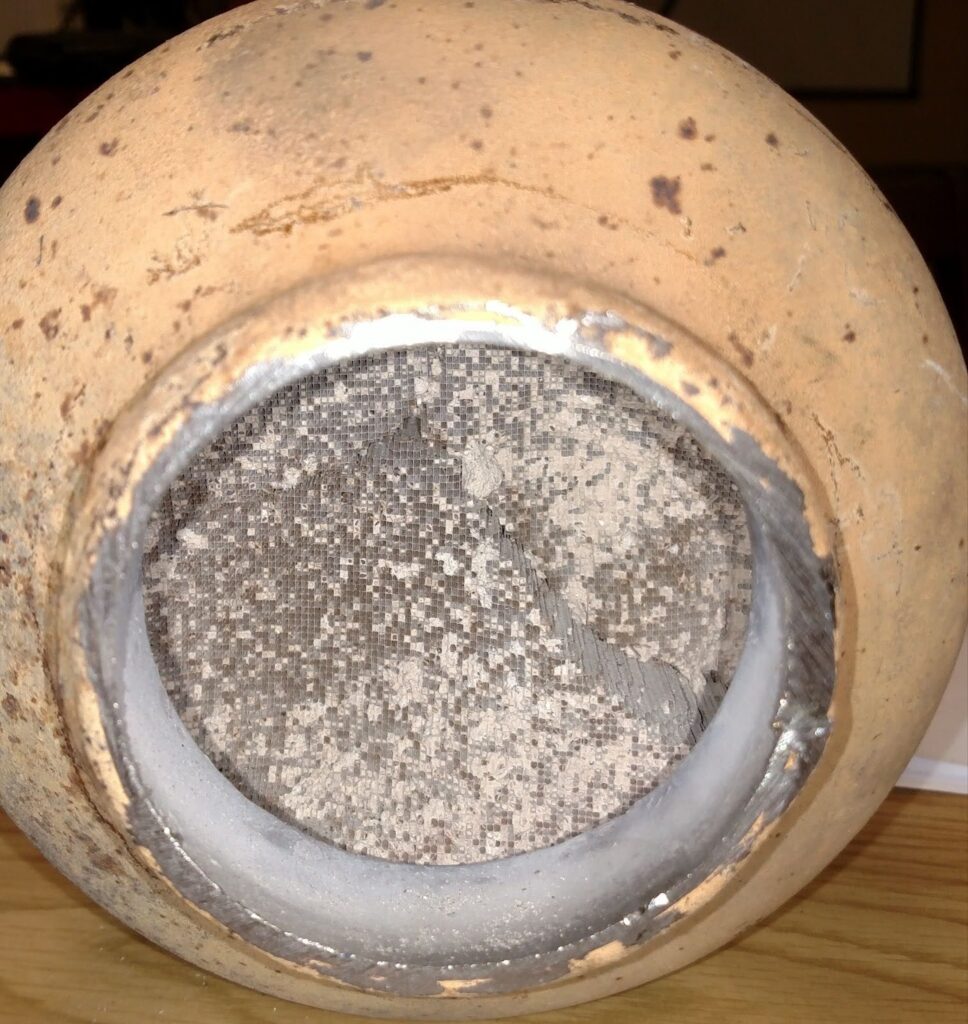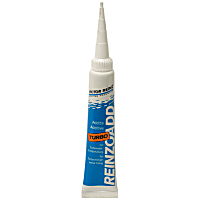There may be something wrong with your catalytic converter when your car starts to feel sluggish and your check engine light comes on. In many cases, the catalytic converter overheats and fails as a result of an engine misfire or fuel delivery problem. When the converter overheats, it may melt, come apart inside and become clogged.
Replacing a failing catalytic converter is a must but you must also determine the cause of the clogging to prevent it from happening again in the future.
Brief Backgrounder on Catalytic Converters

The engine in a vehicle is basically a breathing machine, and as much as it needs to breathe in, it also needs to breathe out. It breathes in through the air filter and intake manifold and it breathes out through the exhaust system.
The first place the exhaust goes when it leaves the engine is through a catalyst brick that’s made kind of like a honeycomb that is formed from a special kind of clay.
This clay honeycomb is coated with precious metals that, when the catalyst is hot, will process the exhaust gasses. The front of the catalyst honeycomb brick closest to the engine handles NOx formed in the hot combustion chamber, with the catalyst breaking oxides of nitrogen into separate nitrogen and oxygen molecules.
The second “brick” in the catalyst system processes hydrocarbons (HC) and carbon monoxide (CO), adding oxygen molecules so that what’s coming out of the tailpipe is harmless CO2. CO2 is heavier than air and feeds the grass that grows beside the road (which is why it grows so well and has to be mowed regularly during the spring and summer months). In other words, your vehicle is breathing out the same stuff you do, which plants need in order to thrive.
The engine in a vehicle is basically a breathing machine, and as much as it needs to breathe in, it also needs to breathe out. It breathes in through the air filter and intake manifold and it breathes out through the exhaust system.
– Richard McCuistian, ASE Certified Master Automobile Technician
How to Know Your Catalytic Converter is Clogged
Before there were catalytic converters (pre-72) there was leaded gas, and, among other things, the lead coated the valves and their seats to make the engine last longer. But with the arrival of the catalytic converter, leaded gas became a thing of the past because the lead would coat the converter to the point of clogging it up.

Hydrocarbon soot from a rich running engine can also clog the catalytic converter, and when that happens, the catalytic converter will stop doing its job. The honeycomb will become clogged and the catalytic converter will begin to overheat. You’ll notice the following symptoms (not necessarily in the order listed):
- Reduction in engine performance
- Reduction in fuel economy
- Check Engine Light or MIL comes on
- Failed emission tests
If you’re seeing black smoke coming out the back, there’ll also be soot in the catalytic converter, and so whatever is causing this extra fuel charge needs to be dealt with. When the engine’s air/fuel ratio is restored, HC soot will typically be cooked out of the converter by default.
How to Unblock a Catalytic Converter?
Note that usually, you can’t unblock a catalytic converter.
The only guaranteed way to fix a clogged catalytic converter that is clogged with anything other than hydrocarbon soot is to replace it. For the soot clogging, there are, however, some products on the market that are designed to be catalytic converter cleaners.
While cleaners are not a guaranteed fix, you might want to give it a try before spending hundreds of dollars on a new catalytic converter. If the product doesn’t fix your problem, you’ll need to replace the catalytic converter to restore your vehicle’s performance.
That being said, a catalytic converter that isn’t doing its job isn’t always clogged. Sometimes the catalyst fails. When this happens, codes for catalyst efficiency will be stored even if there is no clogging, and the converters will need to be replaced.

Get a Replacement Catalytic Converter that Fits Your Vehicle
If unblocking the catalytic converter cannot restore it to like-new performance, you must replace the faulty emission control part. Refrain from driving your vehicle to avoid creating more exhaust system issues. You can ensure the replacement part fits your car by getting the catalytic converter from CarParts.com.
CarParts.com makes shopping for catalytic converters online a breeze by giving you accurate and detailed information about how well our products fit your vehicle. Our website’s built-in vehicle selector searches for the suitable part according to your car details. All our catalytic converters are on hand and ready to ship from the distribution center near you, so you only have to wait several business days before your order arrives at your home. You can rest assured about the quality of your new catalytic converter because we only source our products from trusted brands.
Look no further than CarParts.com for an affordable and dependable replacement for your car’s failing catalytic converter. Shop now to enjoy the best deals on catalytic converters today!
Products Mentioned in this Guide
Any information provided on this Website is for informational purposes only and is not intended to replace consultation with a professional mechanic. The accuracy and timeliness of the information may change from the time of publication.



 Catalytic Converter
Catalytic Converter
 Fuel Additive
Fuel Additive






























